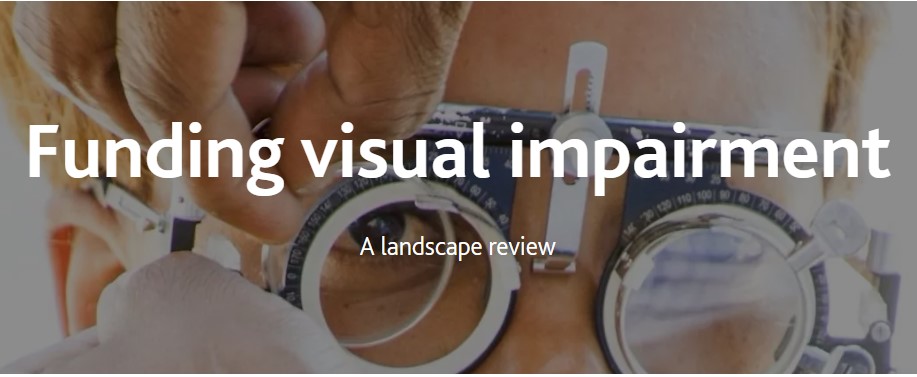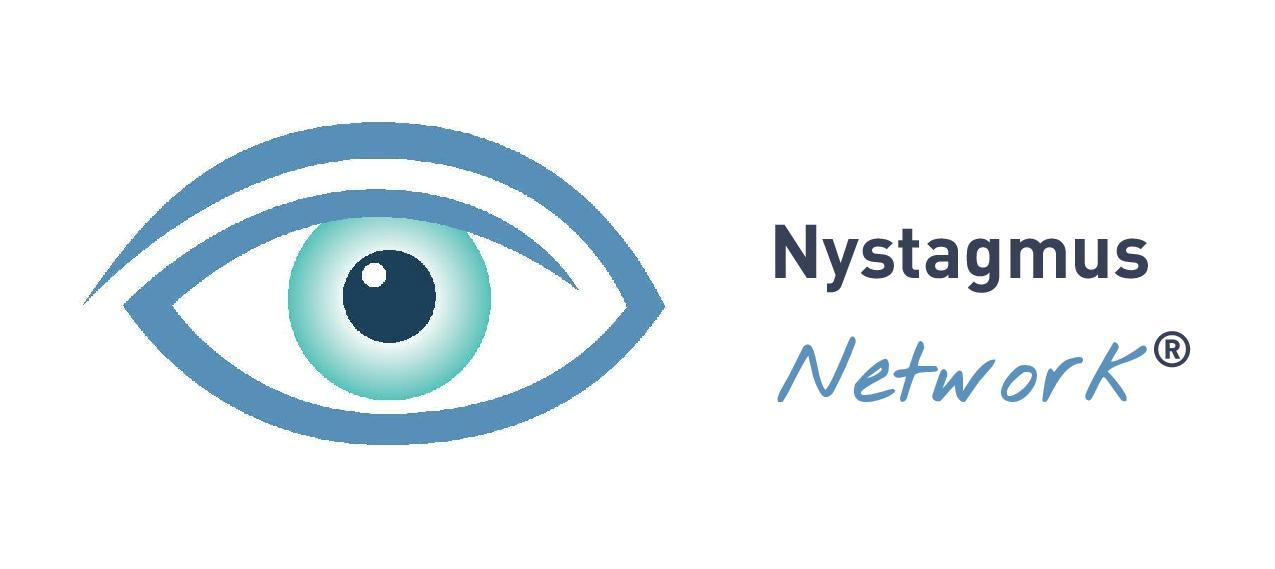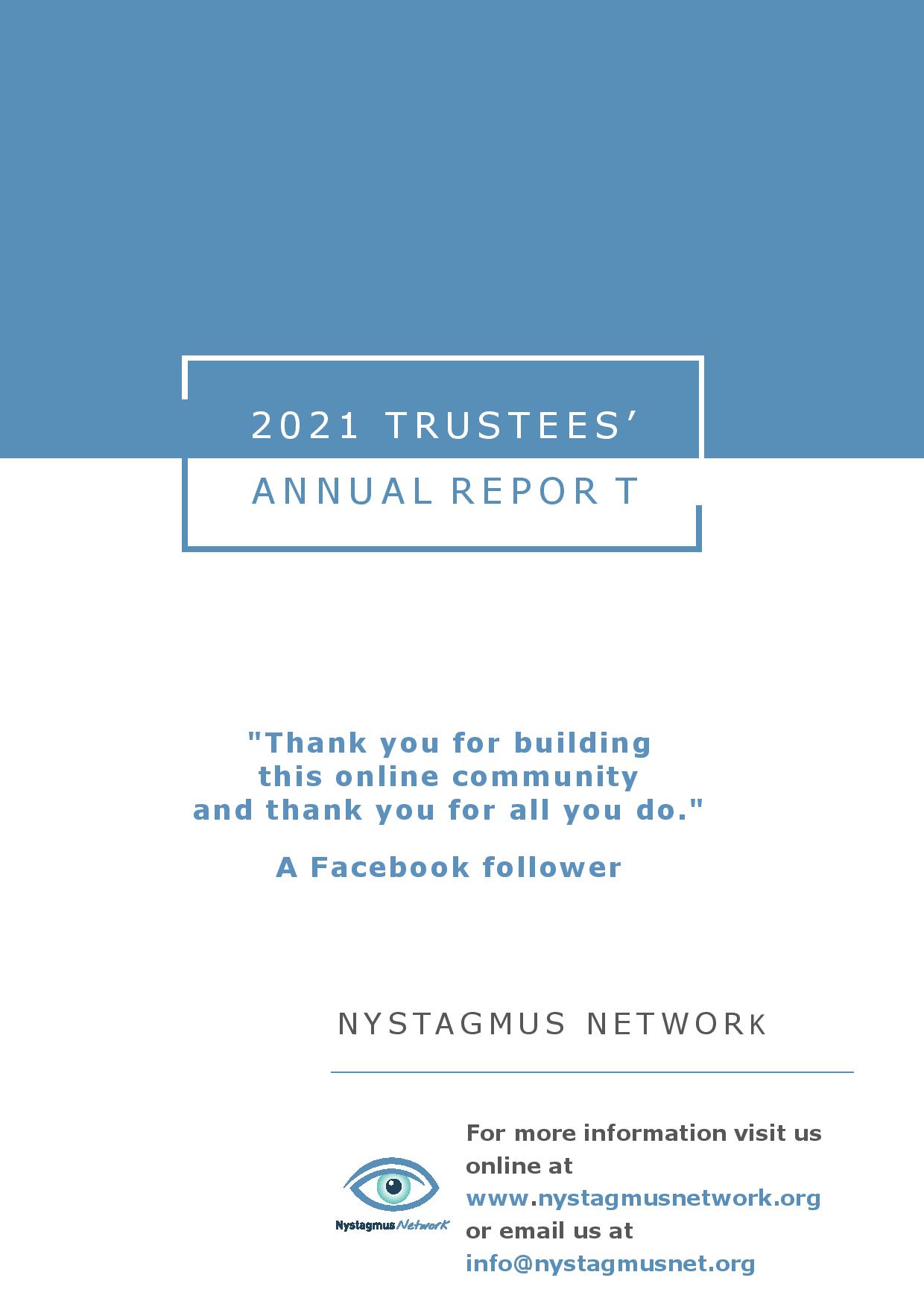Nystagmus Network’s Sue is proud to have played a small part in the work behind a new report, published by NPC today, into the lack of funding for visual impairment. … Continue reading A new report highlights the need for more investment in sight research


